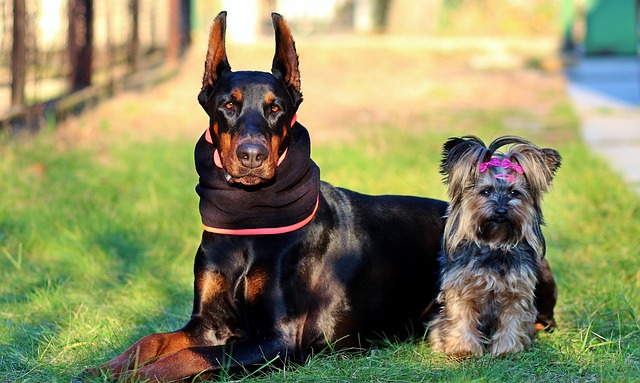
How to play with a dog on a hot day
When the sun blazes and the air feels like a warm blanket, your dog’s usual zoomies around the park might turn into listless stares at the door
That panicked scramble when you turn on the garden hose or your pup's sudden refusal to step in a rain puddle - while viral videos show Labs gleefully diving into ponds, many dogs treat water like molten lava. The truth? No, dogs don't inherently hate water, but breed traits, traumatic experiences, and biological factors create intense fear for some. Understanding this distinction is crucial for beach trips or bath time, especially in urban apartments where water anxiety can disrupt your entire floor. Let's unravel this mystery with science and practical solutions.
Water aversion typically stems from sensory overload or negative associations. Dogs experience the world primarily through scent, and submersion literally drowns their olfactory "map," causing disorientation. A single scary incident - like slipping in a tub, being hosed unexpectedly, or forced into deep water - can imprint lifelong panic. Even coat type matters: thick-furred breeds often dread the heavy, cold weight of soaked hair. Dragging them into lakes or scolding "cowardice" backfires spectacularly while violating positive reinforcement methods at the heart of modern American pet ethics. Consider rescue pup Milo in Phoenix who developed severe anxiety after neighbors sprayed him with a pressure washer during yard cleanup.
Transforming fear into curiosity requires patience and smart water introduction techniques. Start absurdly small: place a damp towel on your balcony floor with high-value treats scattered on it. Next, use a baking sheet with 1/4 inch of water, floating some hot dog pieces. Celebrate any paw touch! Gradually progress to a kiddie pool with just two inches of water, tossing their favorite ball at the edge. Always let them retreat - choice builds confidence. For bath-phobic dogs, ditch the tub: use a rubber mat in your shower stall and a handheld sprayer at leg-level pressure (never over the head, which mimics predator attacks).
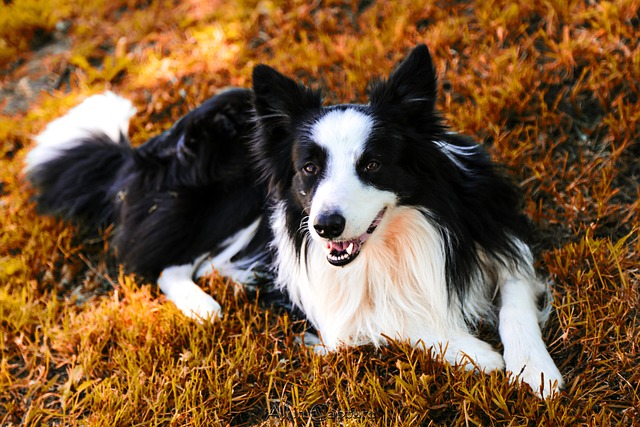
Apartment living demands extra consideration. Prevent slip hazards with textured mats during baths, and check your lease - some buildings require professional grooming to avoid drain clogs. At community splash pads, respect leash laws and always ask "Mind if we join?" before approaching other dogs. An anxious Dachshund might snap if ambushed by a playful Golden. Essential compliance: if visiting lakes or beaches, ensure leptospirosis vaccines are current (critical in flood zones like Florida), and never skip compostable poop bags - fines exceed $250 in cities like Seattle for waterfront waste.
Safety trumps enthusiasm. Never throw reluctant dogs into deep water - this risks water inhalation or lasting trauma. Use bright canine life vests for security, even in shallows. After swimming, rinse off chlorine or salt to prevent skin irritation. If fear persists, consult your vet: ear infections (common in Spaniels) make water agonizing, while arthritis worsens on slippery surfaces. Certified trainers (search CCPDT directories) offer custom dog water desensitization plans. Celebrate tiny wins - your Shih Tzu calmly watching a running faucet is progress! Remember, not every dog needs to surf; stress-free baths or walks in light rain are victories. With consistent water introduction techniques, you'll replace dread with cautious curiosity.

When the sun blazes and the air feels like a warm blanket, your dog’s usual zoomies around the park might turn into listless stares at the door

Dogs sense our moods like little emotional barometers, but calming them doesn’t need fancy tricks. First, carve out their own quiet nook: a plush bed away from foot traffic, maybe near a window where they can watch birds.
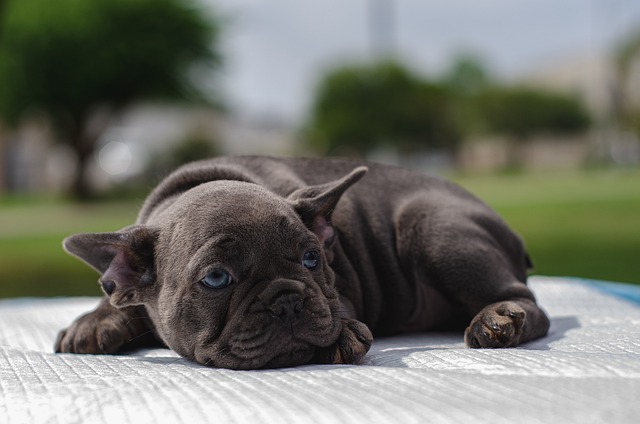
French bulldogs—with their squishy faces,bat-like ears,and wiggly tails—are hard not to adore.But their cute,compact bodies come with some unique physical traits that can put extra strain on certain parts of their anatomy,including their backs.

Watching a beloved dog grow old is a mix of joy and quiet sorrow. Those graying muzzles and slower steps hold a lifetime of memories, but as their bodies wind down, subtle shifts start to show.
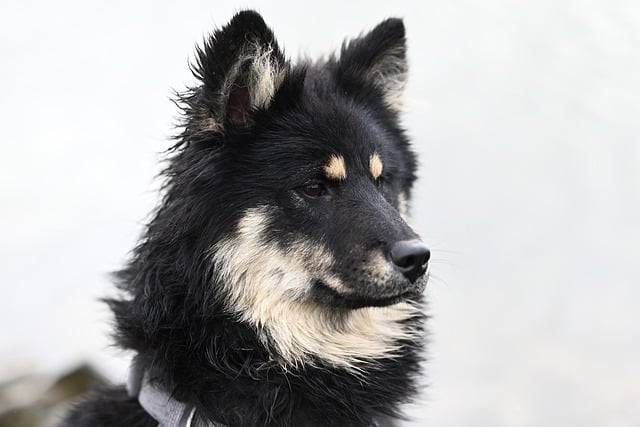
Watching your dog gray around the muzzle and slow down a little can tug at the heart, but aging doesn’t mean losing that spark.
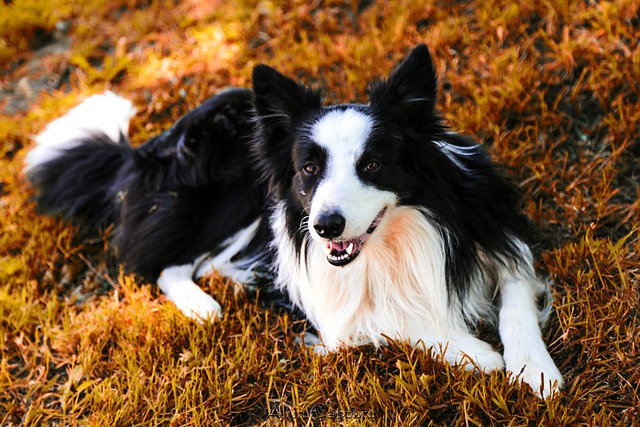
That panicked scramble when you turn on the garden hose or your pup's sudden refusal to step in a rain puddle - while viral videos show Labs gleefully diving into ponds